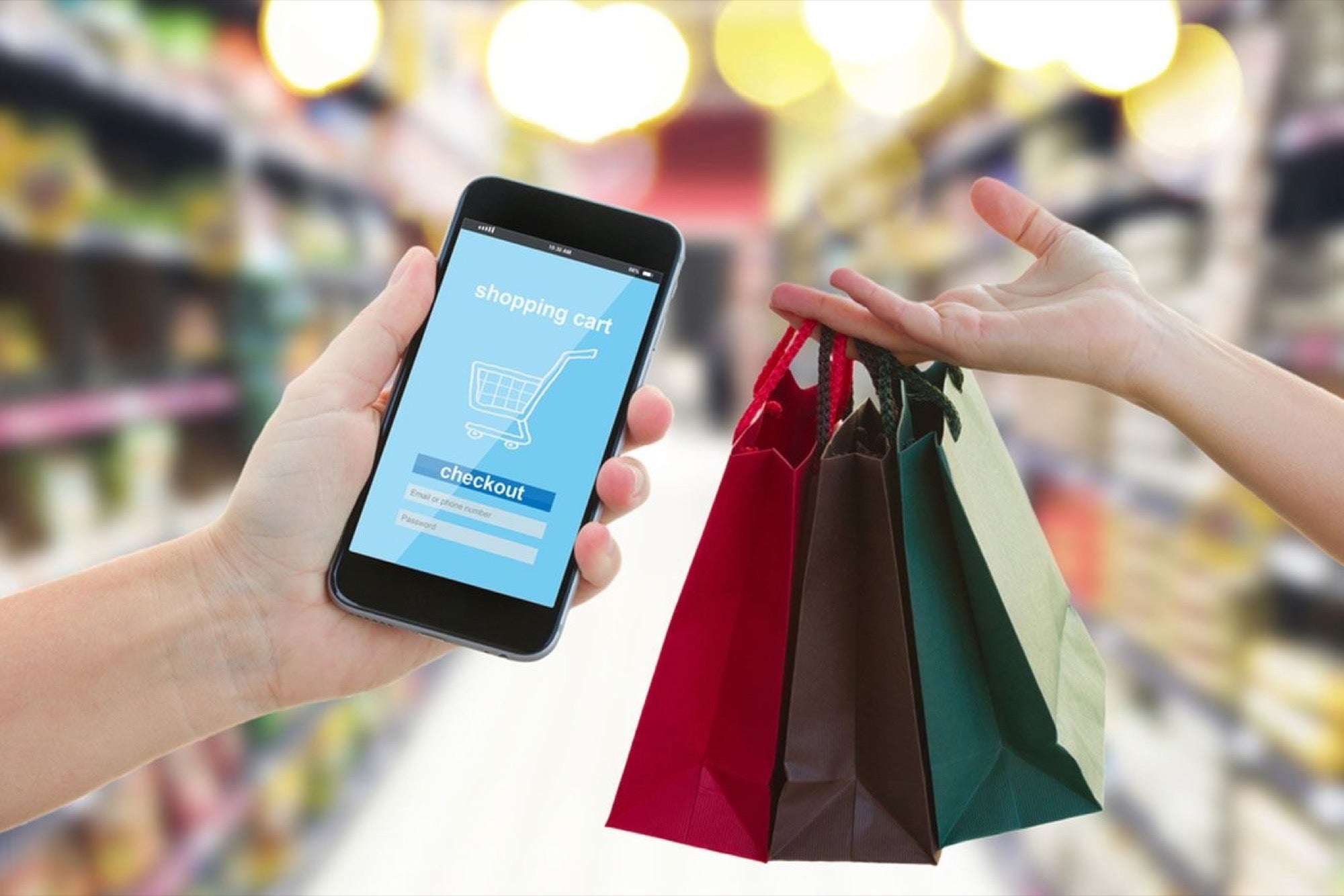The 4 Opt-in Forms All Ecommerce Websites Must Have Use email marketing to capture ecommerce website visitors and nurture them down your funnel.
By Sujan Patel Edited by Dan Bova
Opinions expressed by Entrepreneur contributors are their own.

Running an ecommerce business isn't easy: You're physically disconnected from the customer, making it a monstrous struggle to establish trust for that first purchase. An even greater struggle is getting that first-time customer to come back and purchase again: According to research by RJMetrics, only 32 percent of customers studied placed a second order with an ecommerce business during the first year.
Related: Doing These 5 Things Can Help You Get More Ecommerce Sales This Holiday Season
Still, if yours is that business, and you can actually win over that customer for a second purchase, your likelihood of achieving additional purchases grows progressively (50 percent for the third purchase, 65 percent for the fourth, 70 percent for the fifth and so on.)
Another finding from RJ Metrics -- which reviewed data from 176 ecommerce retailers and 18 million customers -- was that the major proportion of spending happens within the first 30 days.
These figures, combined with the challenge of getting people to make that first purchase, reinforce the need to consistently engage your audience beyond your website. To push that first sale, I myself find that when I use a collection of different opt-in forms, I create more opportunities. I also use email marketing to increase subscriber engagement.
Here are the four forms I recommend using for your ecommerce site:
1. End of funnel opt-in
This is an offer to subscribe to your newsletter or receive updates from you. Your visitor is already in the account creation/checkout process and has provided a host of personal contact information, including an email address. A single box, checked by default, turns the entire checkout process into an opt-in, so you can continue to market to this person in the future.
Better yet, if visitors provide the info and opt-in but don't complete the checkout process (cart abandonment), you can reach out with cart abandonment emails to win them back.
If you're using an off-the-shelf ecommerce platform like Shopify or BigCommerce, you already have this option in place by default. You just need to configure it. For other systems like Magento or WooCommerce/WordPress, you may have to pick up a plugin or application to create an opt-in at the end of your funnel.
Related: 9 Tips to Make Your Ecommerce Business Wildly Successful
2. Exit intent pop-up
People aren't particularly fond of pop-ups on websites, but the fact remains that they work. "Test after test has proven that popups work extremely well," writes Richard Lazazzera, of online ecommerce incubator A Better Lemonade Stand. "In one test from Aweber, pop-ups drove 1,375 percent more email captures versus. a sidebar opt-in form."
Pop-ups can be annoying, but any kind of targeted message can come off annoying when you push anything other than the right message for the right audience. The key is to get your opt-in offer just right and avoid trying to present it in a way that is distracting or intrusive.
Exit intent opt-in forms are something I recommend because they appear only when visitor exhibit a behavior indicating they are about to leave. This includes moving the mouse toward the top of the browser for the back button or closing the window/tab.
This is the perfect opportunity to incentivize the opt-in to capture more leads.
"You can take your pop-ups to the next level by offering an incentive to subscribe," writes Stuart McKeown, founder of Gleam.io. "This is one of the most common tactics used by almost every large ecommerce store -- plus we know from a recent RetailMeNot study that a huge, 71 percent of users prefer to use coupons that are sent to them directly via email from brands."
3. High on the home page
Every page on your store website, from products to category pages, is a potential landing page for customers, so it's a good idea to have a simple footer/header opt-in on those pages. The major portion of traffic, though, will come through your home page.
Position a strong call-to-action at the top of your home page that drives visitors to enter their information and subscribe. For your ecommerce store, you can entice them with exclusive discounts, pre-launch product notifications, news, and other subscriber-only content. First-time customer discounts typically work very well for this kind of opt-in.
Try to position these features above the fold on the home page where they're visible as soon as visitors arrive, but don't force it. You don't want to create clutter.
"Don't cram everything above the fold," writes Joanna Wiebe, founder of CopyHackers. "Countless tests and scroll-/click-tracking studies have shown that visitors are willing to scroll… as long as they know there's something to scroll down for."
4. Push notification opt-in
Push notifications have traditionally been used for mobile applications, but they're now being leveraged by desktop websites. This is a simple opt-in that asks users for permission to send them push notifications.
The benefit here is that those push notifications can hit on all devices. Given that desktop usage still accounts for 42 percent of total web traffic, this is an opt-in that every ecommerce store should be using. You don't even need to build a costly app to implement push notifications.
Related: What's Next for Ecommerce in 2016?
As soon as your visitors opt-in, they'll start receiving notifications that you send out. These appear in real time even if the browser isn't open. Clicking on the notification takes them back to the URL you specify, so you can drive traffic to any landing page you like.











